Feb. 10, 2023 /SemiMedia/ -- According to the latest report from the SIA, while chip sales hit their highest-ever annual total in 2022, a slowdown in the second half of the year significantly limited growth. However, the current short-term downturn will not change the reality that the long-term growth prospects of this underlying technology remain very positive.
SIA pointed out that in the current cycle, after a brief downturn in early 2020 at the start of the pandemic, the semiconductor industry experienced a period of tremendous growth, and now it is on a significant downward trend that started in the second half of 2022. The current short-term downturn is the result of a confluence of factors, including increasing inflation, geopolitical unrest, and lingering effects of the pandemic. These factors have contributed to macroeconomic uncertainty, decreased consumer spending, and fluctuations in demand for semiconductors. For example, as household spending on consumer electronics like PCs, smartphones, and tablets has decreased, so too has demand for the semiconductors that power them.
Indeed, macroeconomic headwinds pose significant near-term challenges for the semiconductor industry, resulting in lower-than-expected industry growth in 2022. However, semiconductor demand will grow in the long term as chips continue to make the world smarter, more efficient and more connected.

Looking at short-term demand fluctuations and long-term trends over the past two decades, the semiconductor industry has shown continued growth, SIAb said (Figure 1). Annual sales grew from $139 billion in 2001 to $573.5 billion in 2022, an increase of 313 percent. Over this same period, unit sales of semiconductors increased by 290 percent, reflecting the increased demand for semiconductors throughout the economy. In fact, a 2020 study by SIA and the Boston Consulting Group found that global demand for semiconductor manufacturing capacity is projected to increase by 56% by 2030. As this long-term trend continues in the years ahead and demand for chips rises, semiconductor companies will need to invest in more research, design, and manufacturing. The question is not whether more chip manufacturing facilities, or fabs, will be built, but rather where they will be built.
SIA pointed out that the semiconductor industry has a long history of investing big during down cycles to be ready for the inevitable rebound in demand. New company investments will lead to more domestic semiconductor production and innovation, which will help avert future chip shortages and ensure the industry meets the growing demand from sectors like the automotive, data storage, and wireless connectivity industries. The automotive industry, for example, is estimated to be responsible for 20% of chip demand, and the wireless communication industry is projected drive 25% of growth by 2030. The strong growth drivers of these sectors will power demand in the chip industry in the next decade.
SIA concluded that while the chip industry is notoriously cyclical and experiences brief periods of weakness in the short-term, the long-term prospects for this critical sector are incredibly bright. Chips are key to the big emerging technologies, such as AI, IoT, and 6G. They are essential to breakthroughs in medicine and innovation in medical devices. Our electric grid and climate solutions all rely on these tiny pieces of silicon that have become so important to our lives. And that reality will not change in the short-term or the long-term.

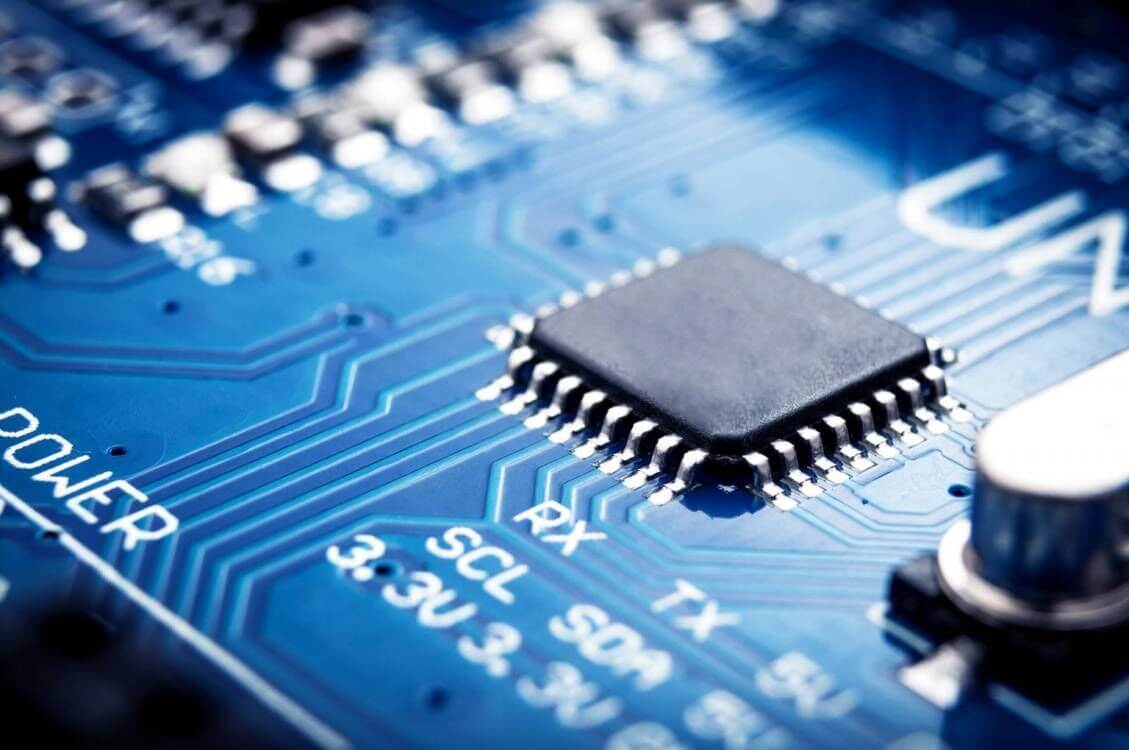

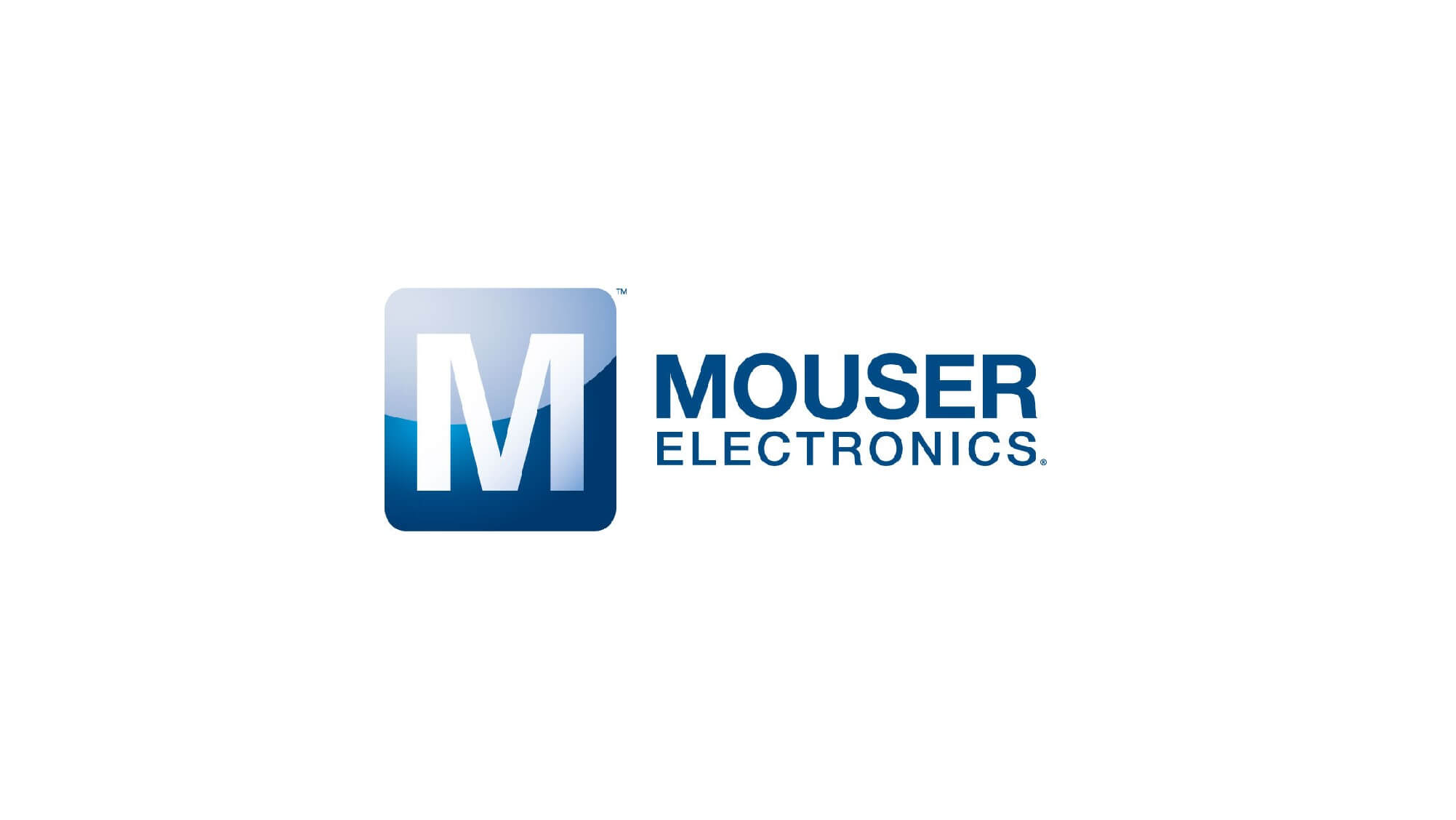


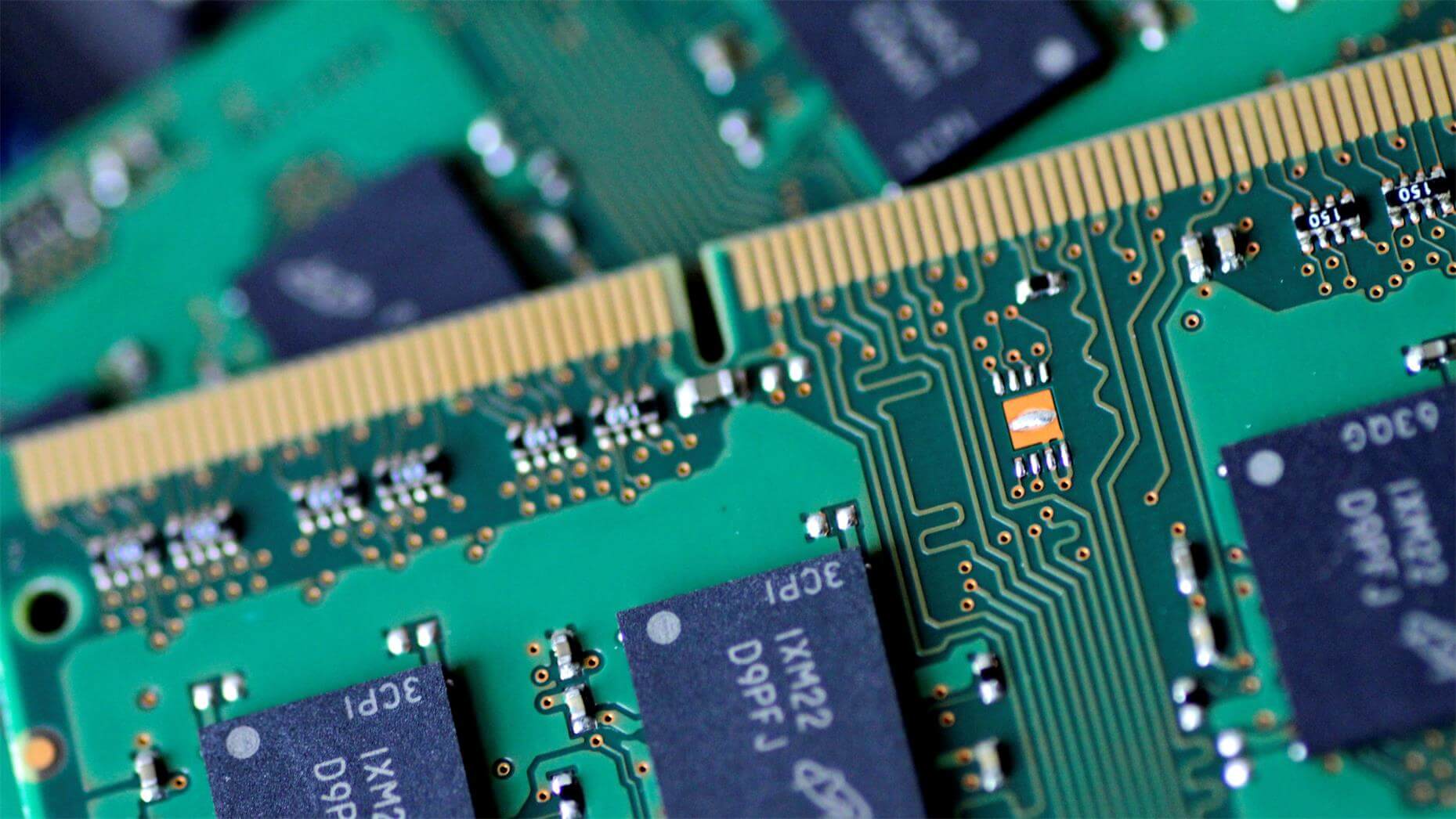
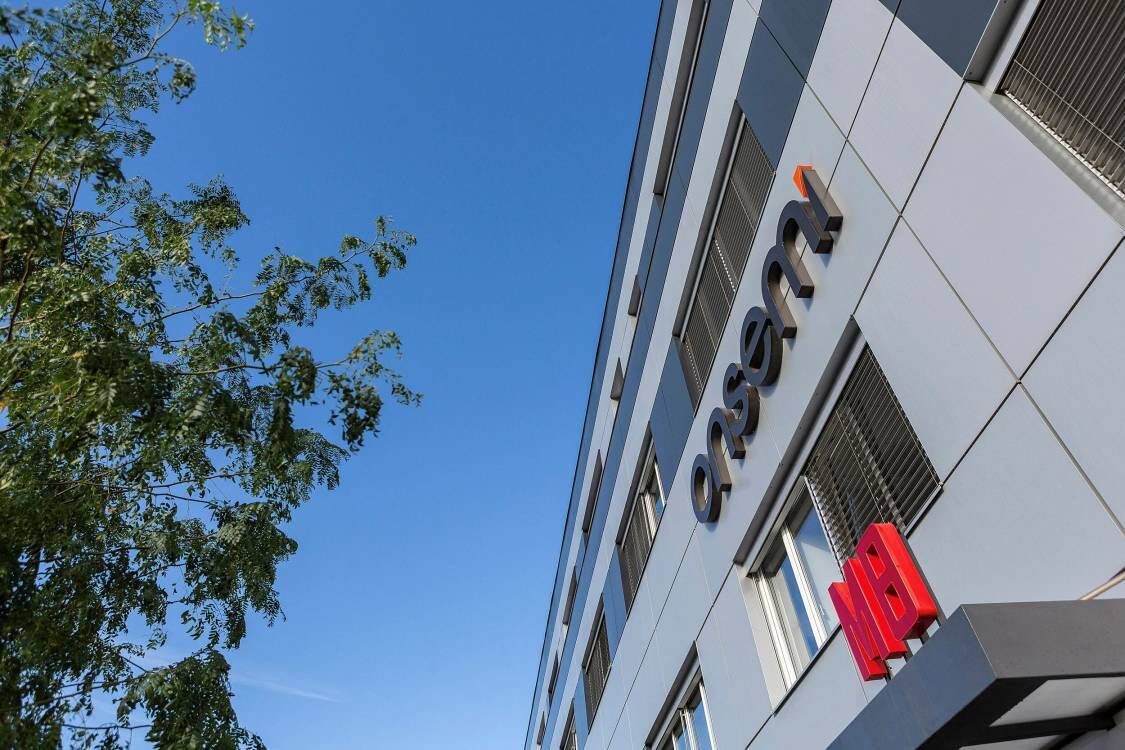


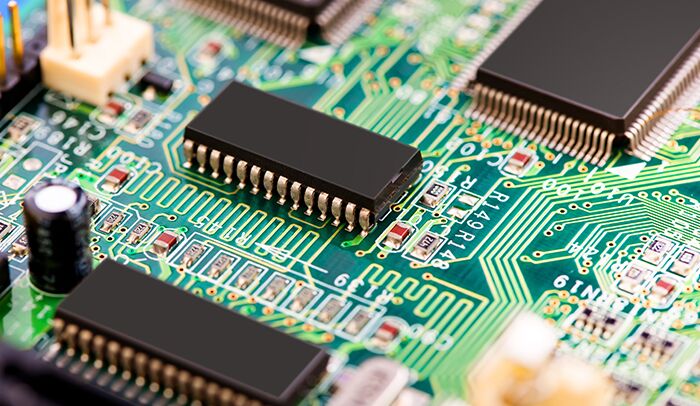

All Comments (0)